We celebrate for the first time the arrival of a sloth at our Animal park
hace 3 yearsWe managed to incorporate a sloth (Choloepus didactylus) into our animal and nature park for the first time in order to expand and increase biodiversity. The arrival of this specimen has not been easy, there was a 10-year waiting list until we could receive this animal, whose transfer has been carried out through the European Endangered Species Programme (EEP).
Pere, named like that by the zookeepers, is a two-year-old young male who weighs around eight kilos and measures about 70 centimetres from head to tail. Pere’s adaptation process has been slow. He arrived two months ago and he had to remain in the quarantine zone for almost 30 days. After this first phase, he was transferred to an indoor place, located in the area of the aviary of America.
He spent in this place several weeks to become familiar and adapt to his new environment until he could recognize it as his new home. Once this phase was completed, he was given access to the exterior facility of the aviary. By now, Pere is confident and remains in the aviary all the time, moving between the treetops. He has more than 4,000 square metres outside to explore and a 30 square metres indoor facility with heating for his needs.
Pere comes from the Granada Zoo, and once here, we have performed a visual check and a medical analysis to confirm its perfect health. The general state of conservation of this species is good worldwide, since it has a wide distribution in several protected areas and a large population of individuals, and it is not object of poaching, so it is not particularly threatened.
Life upside down
The sloth spends most of its time hanging upside down, so its fur is divided in the middle of its abdomen. It is the largest species of sloth that currently exists. Its extremities, both anterior and posterior, share almost the same length. Its front limbs have large curved claws to cling better to trees.
Although its natural colour is usually brown, sometimes we can find specimens with a greenish colour due to the algae that form in their hair. With nocturnal habits, this species is characterised by being solitary and spending most of its time in the tops of the trees and he only comes down to the ground every three or five days to defecate.

